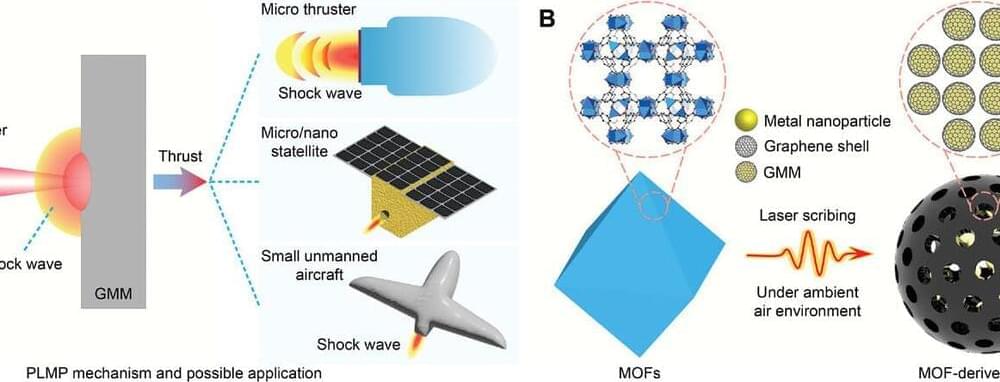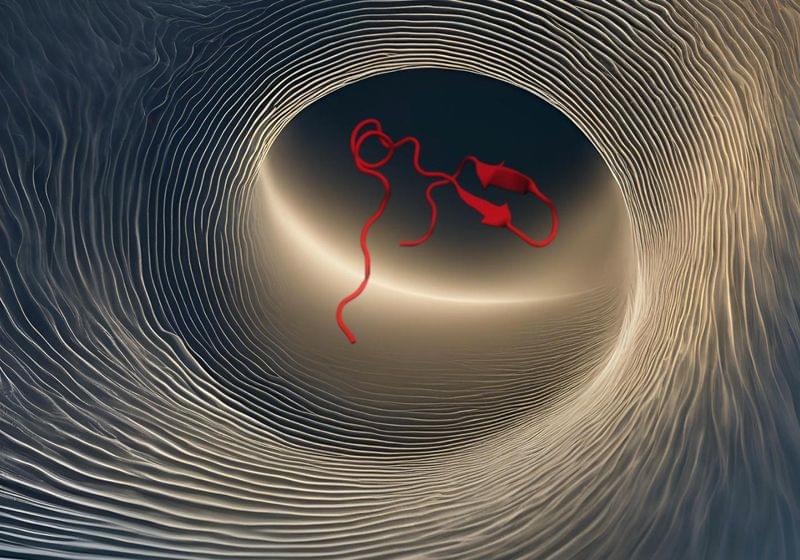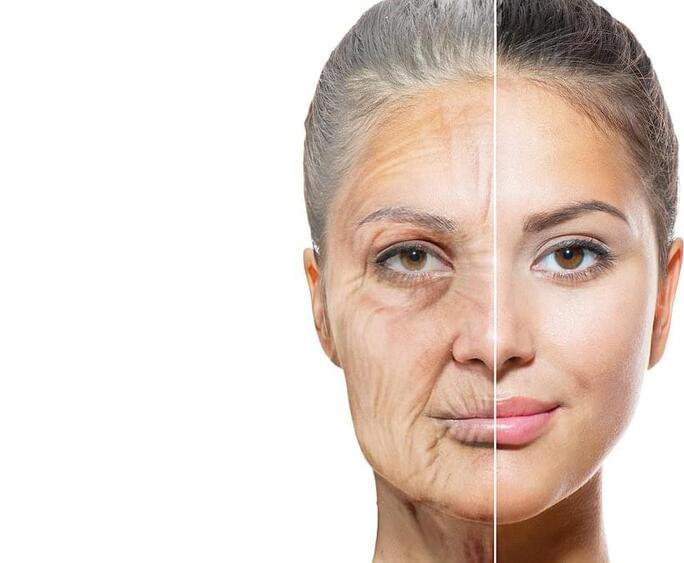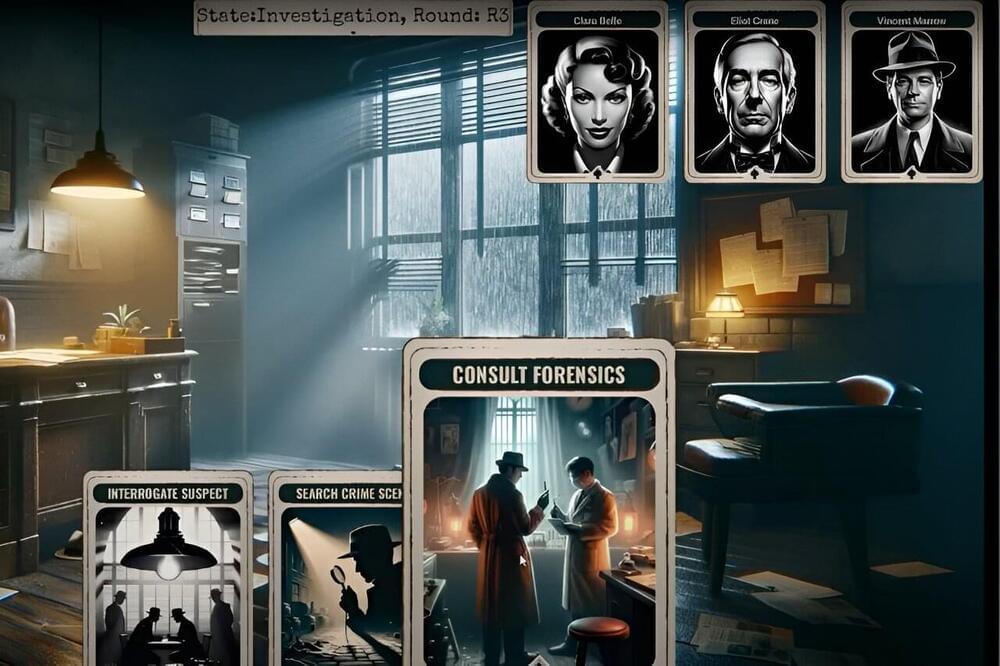This just in!
Barnes & Noble has over 600 stores throughout the United States. Find a bookstore near you using our store locator. You can also find information on curbside pickup, store events (and virtual events), store hours, Barnes & Noble Café menus and more.
eBooks Delivered Straight to your NOOK Device or Mobile NOOK App.
Reading on the go has never been easier with our convenient NOOK eReaders and tablets. Download eBooks and read them on our free NOOK app for both Apple and Android devices. Browse millions of titles to read anywhere, anytime. Shop eBooks on a budget in our eBooks Under $2.99 collection or current best sellers in our Top 100 eBooks collection. We also have a large selection of books by indie authors. Buy the NOOK GlowLight 4 for seamless day-to-night reading, or the latest NOOK tablet for endless options at your fingertips.







